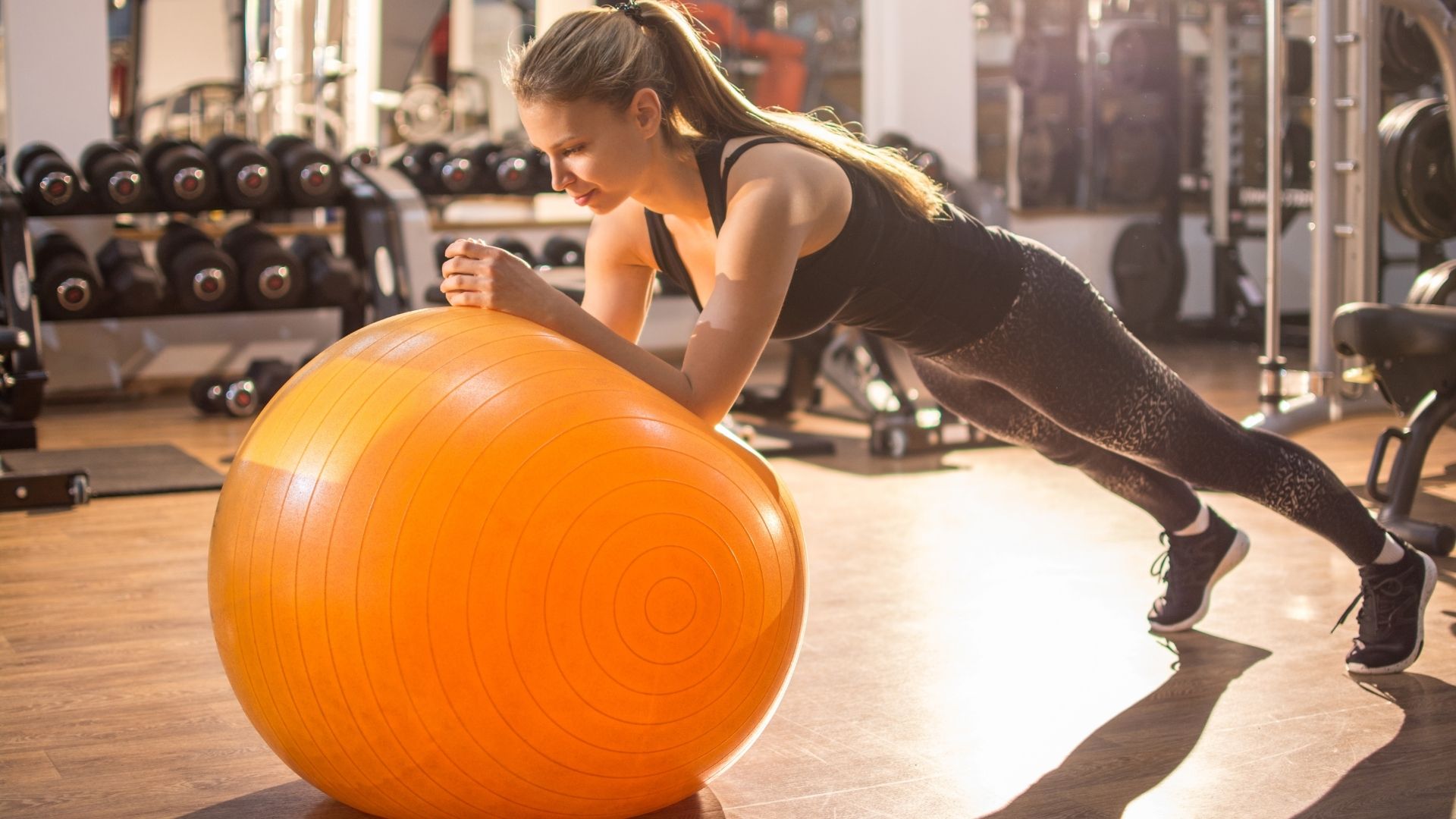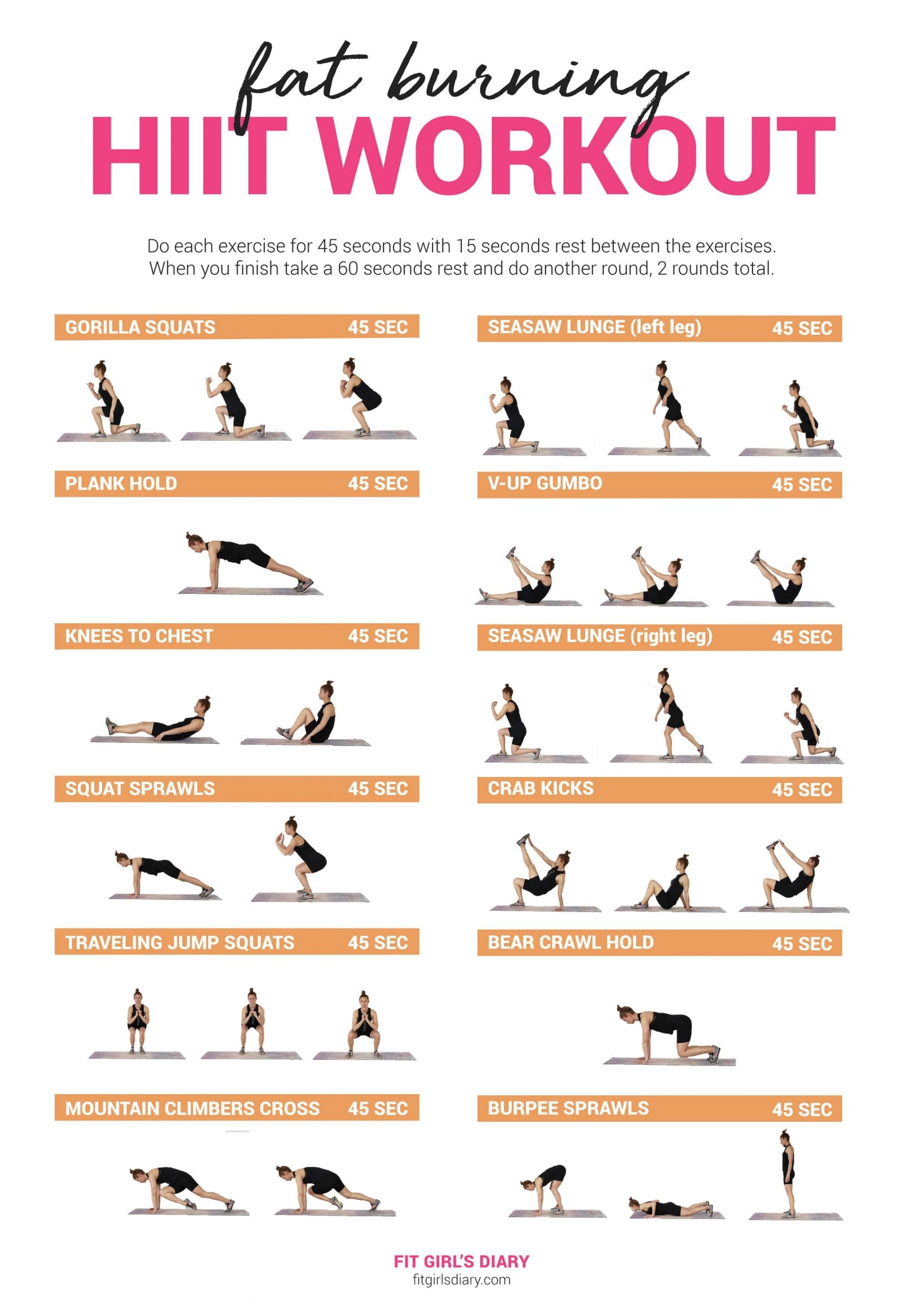In today’s fast-paced world, finding time to visit the gym can be a daunting task. Between work, family, and social commitments, it’s easy to let fitness fall by the wayside. However, neglecting physical activity can have severe consequences on our overall health and wellbeing. The good news is that you don’t need a gym membership to stay active. With a little creativity and dedication, you can create an effective at-home workout routine that suits your lifestyle and fitness goals.
One of the primary advantages of working out at home is convenience. You can exercise at any time, whether it’s early in the morning, during your lunch break, or late in the evening. This flexibility is particularly beneficial for those with busy schedules or who prefer to avoid the crowds and intimidation factor often associated with commercial gyms. Moreover, at-home workouts can be highly cost-effective, eliminating the need for expensive gym memberships or equipment.
To get started, you’ll need to assess your current fitness level and set realistic goals. This might involve consulting with a healthcare professional or fitness expert to create a personalized workout plan. It’s also crucial to invest in a few basic pieces of equipment, such as dumbbells, resistance bands, or a yoga mat, to add variety and challenge to your routines.
Here’s a sample at-home workout routine that targets major muscle groups:
Monday (Upper Body)
- Push-ups: 3 sets of 10-12 reps
- Incline dumbbell press: 3 sets of 10-12 reps
- Bent-over dumbbell rows: 3 sets of 10-12 reps
- Tricep dips (using a chair or bench): 3 sets of 10-12 reps
- Bicep curls: 3 sets of 10-12 reps
Tuesday (Lower Body)
- Squats: 3 sets of 10-12 reps
- Lunges: 3 sets of 10-12 reps (per leg)
- Calf raises: 3 sets of 12-15 reps
- Glute bridges: 3 sets of 12-15 reps
- Seated leg raises: 3 sets of 12-15 reps
Wednesday (Rest Day)
Thursday (Core)
- Plank: 3 sets, holding for 30-60 seconds
- Russian twists (using a dumbbell): 3 sets of 10-12 reps
- Leg raises (hanging or on a bench): 3 sets of 10-12 reps
- Bicycle crunches: 3 sets of 10-12 reps
- Woodchoppers (using a dumbbell): 3 sets of 10-12 reps
Friday (Upper Body)
Repeat the Monday routine or try alternative exercises like:
- Dumbbell shoulder press: 3 sets of 10-12 reps
- Lateral raises: 3 sets of 10-12 reps
- Rear delt flys: 3 sets of 10-12 reps
- Chest presses (using dumbbells or resistance bands): 3 sets of 10-12 reps
Saturday and Sunday (Rest Days or Active Recovery)
Use these days to engage in light physical activity, such as walking, cycling, or yoga, to aid in recovery and maintain flexibility.
Remember, consistency and patience are key when it comes to seeing results from your at-home workout routine. It’s also important to listen to your body and adjust the intensity and volume of your workouts based on how you feel. With dedication and the right approach, you can achieve significant improvements in your fitness level without ever needing to step foot in a gym.
| Workout Day | Muscle Groups Targeted | Sample Exercises |
|---|---|---|
| Monday | Upper Body | Push-ups, Incline Dumbbell Press, Bent-over Dumbbell Rows |
| Tuesday | Lower Body | Squats, Lunges, Calf Raises |
| Thursday | Core | Plank, Russian Twists, Leg Raises |
| Friday | Upper Body | Dumbbell Shoulder Press, Lateral Raises, Rear Delt Flys |

What are the benefits of working out at home?
+The benefits of working out at home include convenience, cost-effectiveness, and the ability to create a personalized workout routine without the intimidation factor of a gym. You can also save time on commuting and have more control over your workout environment.
Do I need any special equipment to work out at home?
+While some basic equipment like dumbbells, resistance bands, or a yoga mat can be beneficial, it's not necessary to invest in expensive gear. You can start with bodyweight exercises and gradually add equipment as you become more comfortable with your routine.
How often should I work out at home?
+Aim to work out at least 3-4 times a week, targeting different muscle groups each day. It's also important to include rest days to allow your muscles to recover and rebuild. Remember to listen to your body and adjust your workout frequency based on how you feel.
In conclusion, working out at home can be a highly effective way to improve your physical fitness and overall health, provided you have the right mindset and approach. By focusing on compound exercises, investing in basic equipment, and creating a structured workout routine, you can achieve significant gains without the need for a gym membership. Always remember to prioritize consistency, patience, and listening to your body, and you’ll be on your way to a stronger, healthier you.



